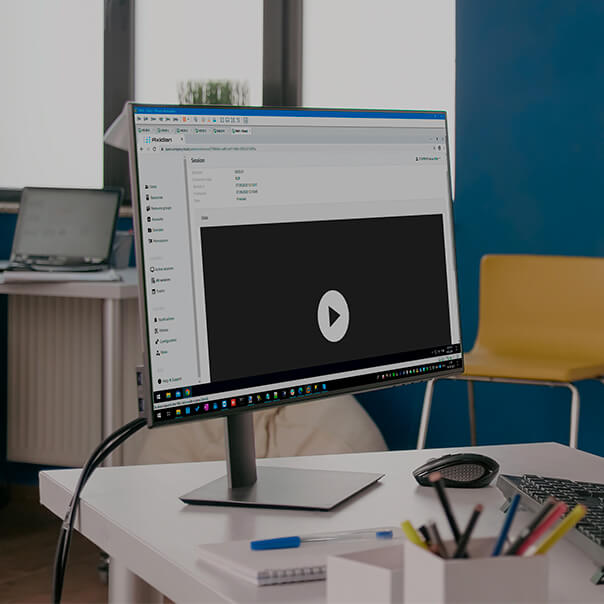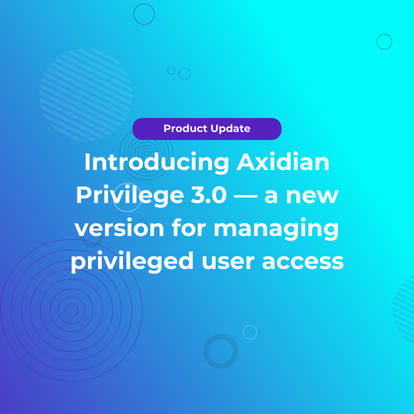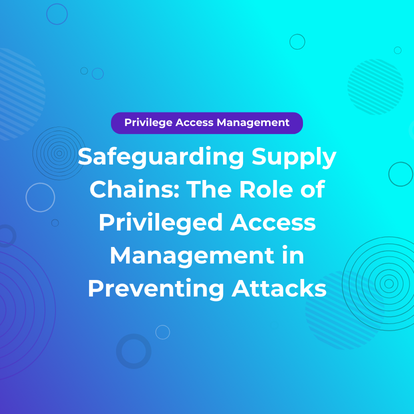Today it is almost impossible to imagine a company that does not outsource some of the work.
Outsourcers are often responsible for routine tasks, such as deployment and configuration of components in a corporate IT infrastructure. In some cases, third-party contractors take care of a whole set of operational tasks.
After purchasing an IT product your company may also need to grant follow-up access to a developer team as part of technical support.
Sometimes you may need to provide prompt remote access to a remote site for your vendor, while on other occasions you only allow on-site works. This may happen in the event of a serious failure, and the company cannot wait until a vendor’s representative arrives.
Another сommon practice is hiring auditors who can assess the state and performance of a company’s financial applications and accounts. Auditors may also be put in charge of evaluating the performance of the company’s IT components.
All these arrangements can introduce various security threats to your organization:
- Your company will have limited options in terms of monitoring of privileged user (vendor) activity, even if vendors work on site as you need to designate a staff member who will be responsible for controlling vendor activity throughout the duration of their work on your premises.
- You may lack the tools for monitoring external user activities on your computers.
- You will need to grant remote and local access to your company’s resources to third-party contractors and thus expose critical authentication data.
- You may have multiple uncontrolled third-party contractors simultaneously working with your IT components.
- You may not be able to assess the potential impact of the changes made by your vendors.
- It may be impossible to determine whether the changes made by a vendor meet the cyber security standards that have been declared.
- You may lack an understanding of the operations performed by auditors of the IT infrastructure and app performance.
- Third-party vendors may insert malicious pieces of code into your apps and web applications.
- The company’s information security is at risk since the privileged users in your company who are not responsible for network or information security may grant unauthorized remote access to third parties.
- Privileged authentication data allowing remote access to critical resources may be subject to theft or unauthorized disclosure.
- You cannot manage the IT environment of a third-party contractor with privileged access to your company’s infrastructure, which can pose a threat to corporate security.
In addition, your company may face other types of risks and challenges:
- It is costly and time consuming to arrange the contractors' visits to your premises.
- In the event of failure, there may be conflicts between the third-party contractors and your IT/IS department.
- You may face additional losses in terms of time and funding in the event of failure at a remote site in a hard-to-reach area.
When third-party personnel are granted privileged access rights to your resources, the company is bound to face escalated risks and vulnerabilities. The best solution would be to use specialized software suites for Privileged Access Management (aka Privileged User Management, Privileged Identity Management, Privileged Account Management).
These software solutions will allow you to streamline user activity monitoring for your contractors and employees of third-party organizations while they deal with your company’s IT resources.



















